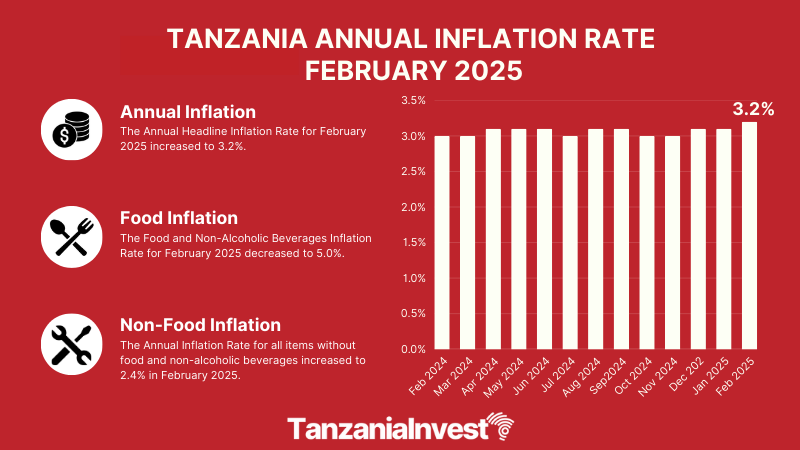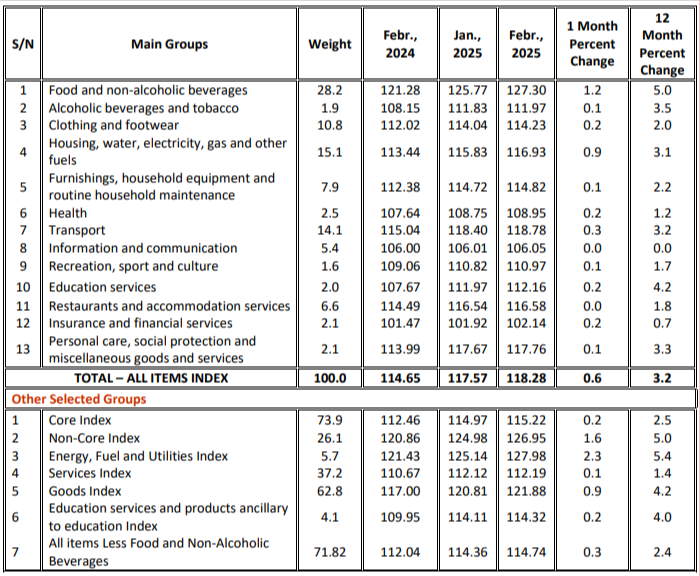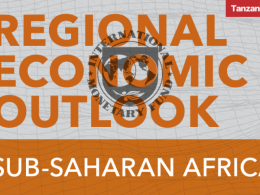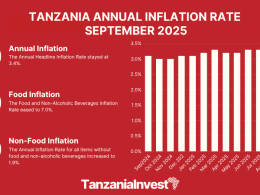The National Bureau of Statistics of Tanzania (NBS) has announced that the annual headline inflation rate for the year ending February 2025 increased to 3.2%, up from 3.1% recorded in January 2025.
The overall index rose from 114.65 in February 2024 to 118.28 in February 2025.
Food Inflation
The Food and Non-Alcoholic Beverages Inflation Rate for February 2025 decreased to 5.0%, down from 5.3% in January 2025.
Non-Food Inflation
Conversely, the Annual Inflation Rate for all items excluding food and non-alcoholic beverages increased to 2.4% in February 2025, compared to 2.1% in January 2025.
Core Inflation
The Core Index, which excludes items with volatile prices such as unprocessed food, energy, and utilities (except maize flour), provides a more stable inflation rate for policymakers.
The Core Index covers 297 items, representing 73.9% of the total NCPI weight.
The inflation rate for the Core Index in February 2025 decreased to 2.5%, down from 2.7% recorded in January 2025..
Monthly Consumer Price Index January 2025 – February 2025
The National Consumer Price Index between January 2025 and February 2025 increased by 0.6%.
This rise in the overall index is attributed to price increases for some food and non-food items.
Food items that contributed to the increase include rice (3.8%), finger millet grains (10.1%), maize grains (1.8%), sorghum flour (4.0%), maize flour (2.6%), pasta products (1.1%), fresh beef (0.8%), cooking oils (2.4%), fruits (2.6%), groundnuts (4.9%), vegetables (1.3%), round potatoes (2.5%), sweet potatoes (2.9%), dried beans (3.5%), dried lentils (2.0%), cowpeas (3.7%), and cassava flour (1.4%).
Non-food items that contributed to the increase include clothing materials (0.4%), garments for women and children (0.3%), school uniforms (0.2%), kerosene (0.8%), firewood (9.0%), charcoal (0.4%), dental services (3.3%), diesel (0.9%), petrol (0.4%), and education services (0.2%).











